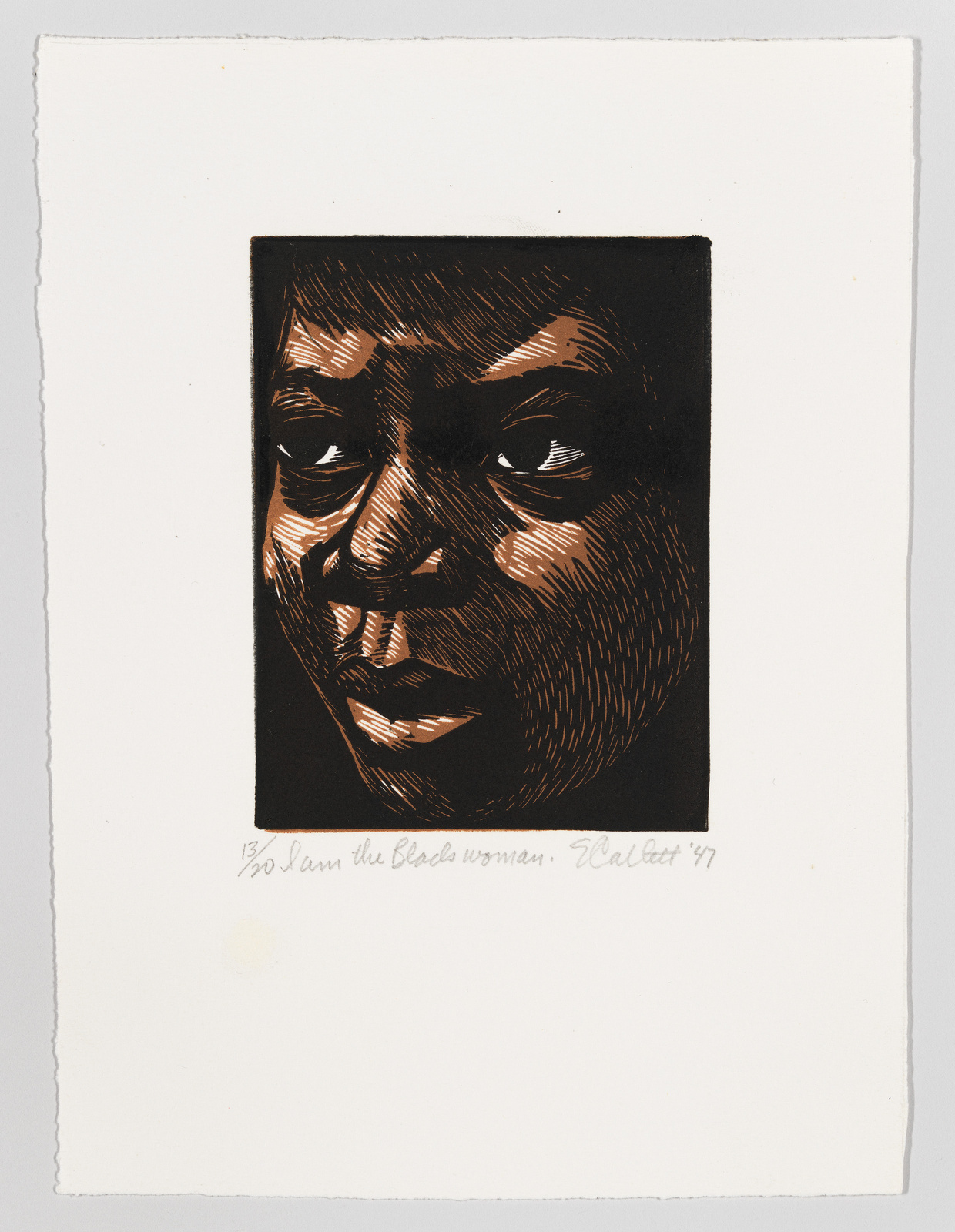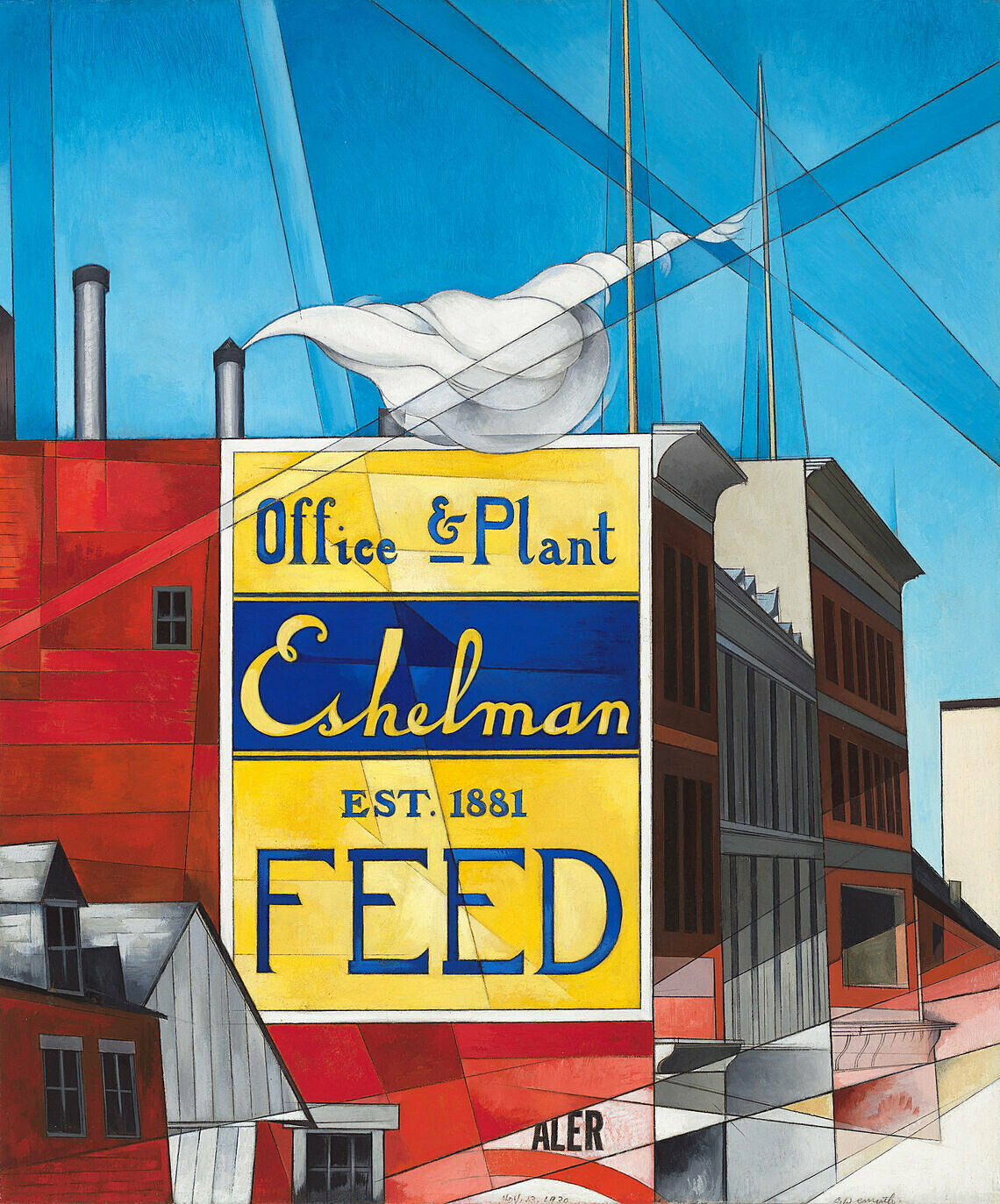Elizabeth Catlett, Prints
Apr 28, 2017
0:00
Elizabeth Catlett, Prints
0:00
Mark Joshua Epstein: Okay, we're looking at a series of prints by the artist Elizabeth Catlett. These prints were made in 1946 and 1947, and were originally called I am the Negro Woman, and later on in her life she changed the title to The Black Woman to reflect language of the time. I'm wondering in general what you notice about these prints on the wall?
Student 1: So it’s kind of like the Black route to freedom, they start out at slavery but they go along. You see Harriet Tubman helping them escape to the north.
Student 2: Then it kind of gets a tiny bit better for Black people, slavery is outlawed. Then I see like “colored-only” bus seats and I know that was further on, when there was segregation. It’s kind of like a timeline with pictures.
Mark Joshua Epstein: Let's focus in on this one work about Harriet Tubman. I'm wondering, what do you know about Harriet Tubman’s story?
Student 1: Well, she was a conductor on something called the Underground Railroad.
Student 2: “Underground” is also a metaphor. It doesn’t necessarily mean it’s actually underground, but it sort of means secret, and she led slaves to freedom, first Pennsylvania, where slavery was not allowed. Then she had to go all the way to Canada.
Student 3: Harriet Tubman used to be a slave, working on a plantation but she escaped, but it was really daring of her to go back and help a lot of other slaves.
Mark Joshua Epstein: Elizabeth Catlett thought of a lot of the people in these prints as heroes. She mixes together American history heroes, like Harriet Tubman and normal everyday people of color who are working in domestic spaces who might be cleaning homes or working in the field. I'm wondering, why do you think she mixed those things together, these heroes that we’ve acknowledged and these everyday people?
Student 1: Well, these everyday people are also heroes, just like the heroes that we acknowledge because they are all Black, so they have to endure a lot in that time.
Mark Joshua Epstein: Do you guys have any last thoughts or questions?
Student 2: I have a question, are these the original paintings or just copies?
Mark Joshua Epstein: So this is series of linoleum prints. And it means that Elizabeth Catlett made the original—she carved it into linoleum and then she could print it a number of times. She actually said that the reason she made prints instead of paintings, in this case, was because it made them less expensive, because there were more of them. It meant that the people who were featured in the prints could afford to buy the prints, and that was really important to her.
In Where We Are (Kids).


